15 Things To Do in Bonn, Germany
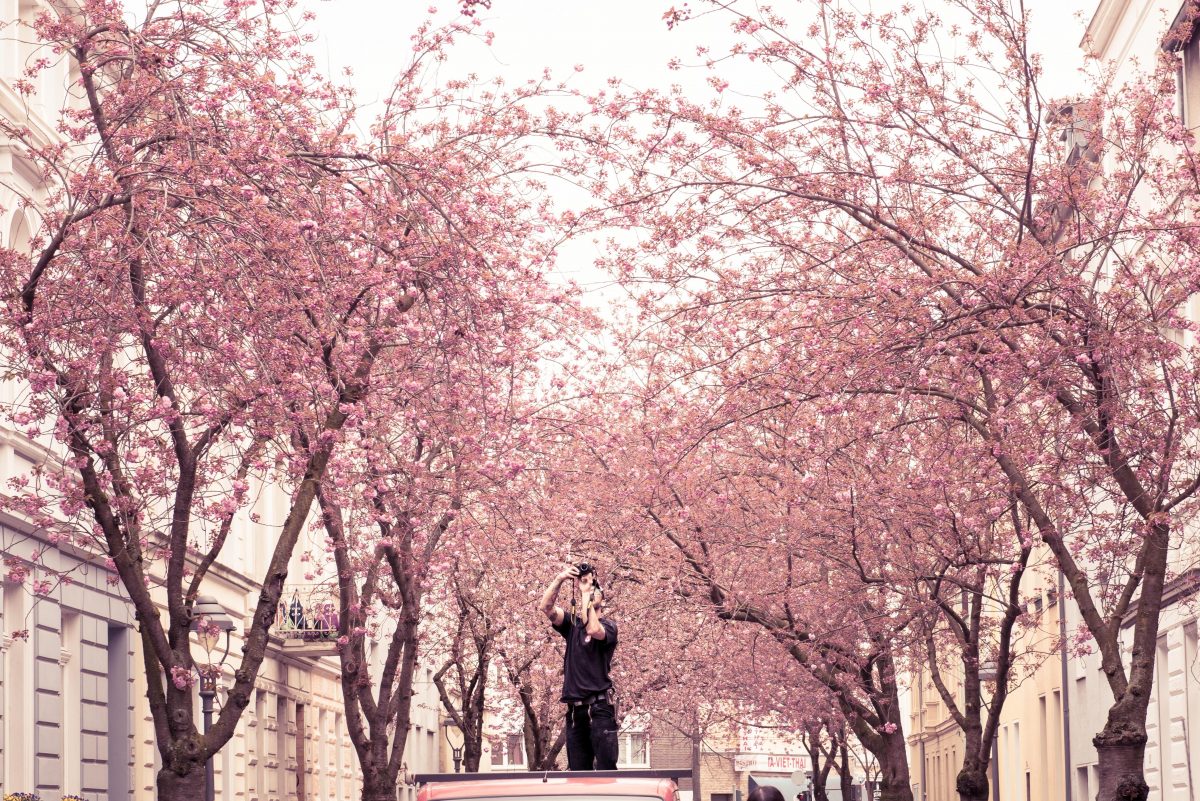
A trip to Germany isn’t complete without a visit to Bonn – one of its small but mighty cities. Only half an hour from the metropolis of Cologne, Bonn, Germany is a city of around 300,000 people with a strong history dating to the Roman era. What you can expect here includes a long list of historic buildings, internationally renowned festivals, and an array of unique insight into what it means to be German.
So, why is Bonn so unique?
While the modern German capital sits in Berlin, Bonn served as the capital of West Germany from 1949 until 1990 when reunification brought East and West Germany back together again. It’s true that Bonn isn’t one of Germany’s most populous cities. But it offers more culture block-for-block than even some of Germany’s most popular destinations. There are over 30 museums in Bonn, and most of them are within walking distance of each other in the city center.
With so many sites to choose from, where will you go? Start planning your trip with our list of 15 things to do in Bonn, Germany.
1.
Haus der Geschichte Bonn (House of the History of the Federal Republic of Germany)
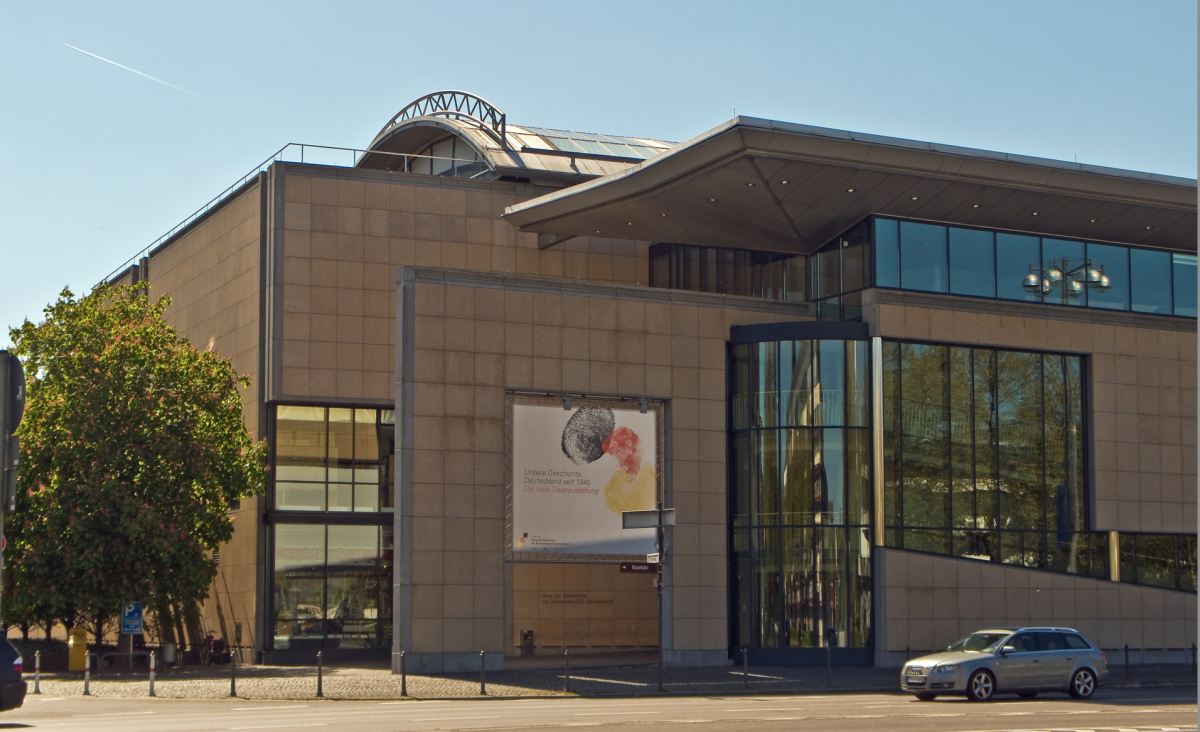
©Photo by Wiki Commons
The Haus der Geschichte is Bonn’s contemporary history museum and details German history from the end of World War II until the present. Explore the permanent exhibition and find yourself immersed in the political history of East and West Germany (the GDR and the Federal Republic of Germany, respectively). The museum uses historical film, sound records, and immersive experiences to open a dialogue about Germany’s recent past and reflect on its history.
However, if you’re new to German history, download the museum’s mobile app prior to your visit. It’s throughout and the best part, it’s free! It’s a great alternative for a free self-guided tour.
Find the Haus der Geschicte on Bonn’s Museumsmeilie (Museum Mile). You can enter it from the Hesuallee/Museumsmeile subway station. It’s open Tuesday to Friday from 9 AM to 7 PM and Saturday and Sunday from 10 AM to 6 PM. Like most museums in Germany, it remains closed on Monday.
2.
Bonn Museum of Modern Art (Kunstmuseum Bonn)
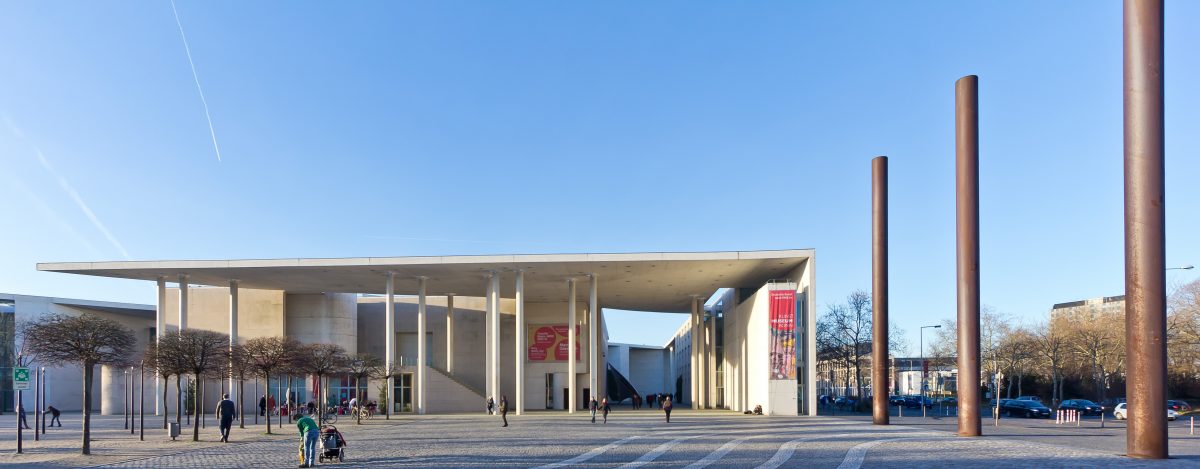
©Photo by Wiki Commons
The Kunstmuseum Bonn, or the Bonn Museum of Modern Art, hosts one of the most important collections of German art. Germans and visitors alike regard it as one of the best art museums in the country. Here, you’ll find a focus on the Rhenish Expressionists and all other art after 1945.
You’ll particularly enjoy this museum if you are a fan of artists like:
Joseph Beuys
Georg Baselitz
Anselm Kiefer
Blinky Palermo
August Macke
Like the Haus der Geschicte, the Kunstmuseum is also on the Museum Mile. It’s also open Tuesday through Sunday. It offers extended hours on Wednesdays for 11 AM to 9 PM. Tickets are 7 Euro per adult or 14 Euro for a family.
3.
Enjoy A Beer At Alter Zoll
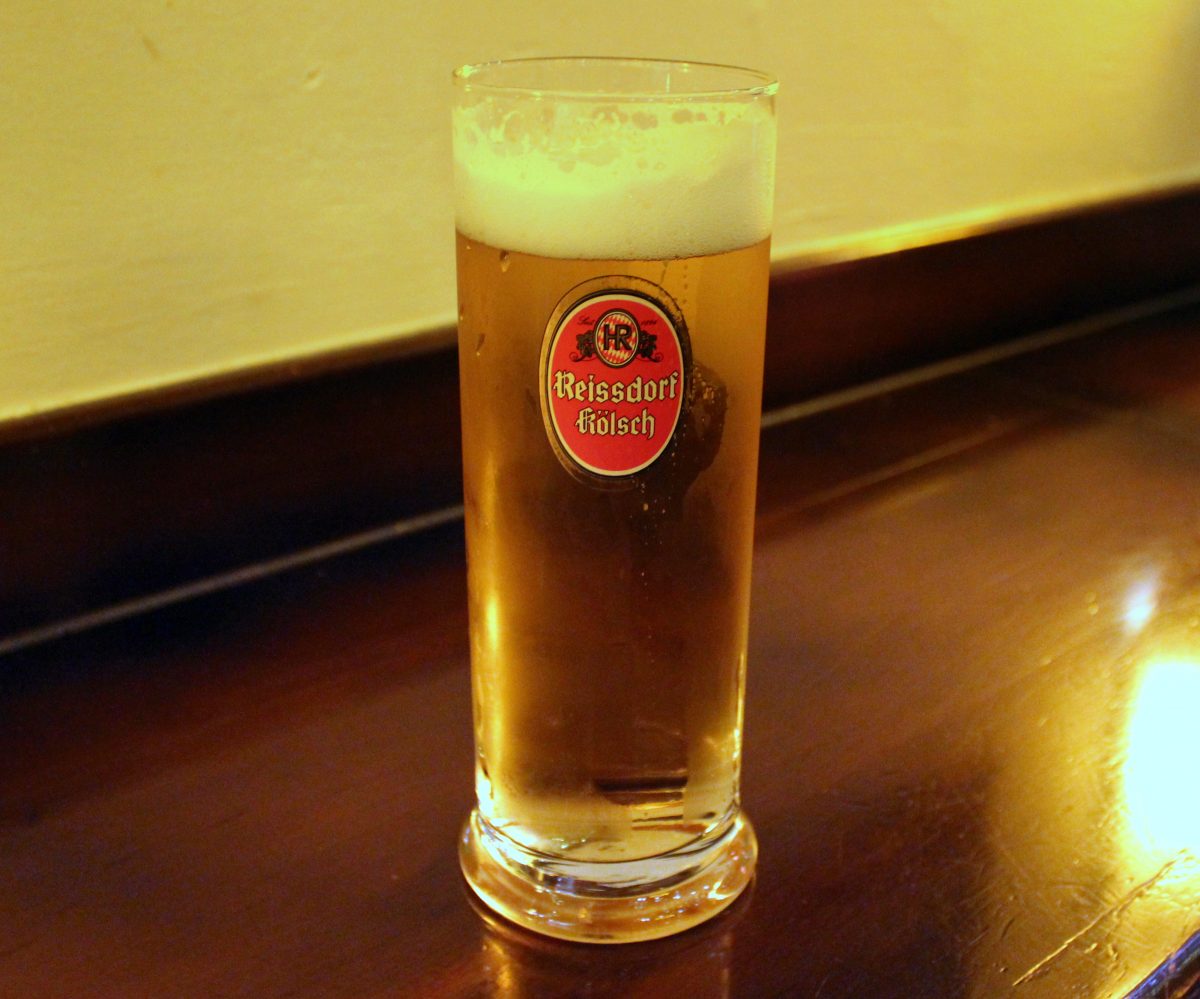
©Photo by Wiki Commons
Seriously, a trip to Germany is not complete without gulping down a German beer. It’s true that there’s no shortage of places to settle in with a beer in Bonn or Germany in general. However, one of the best; is Alter Zoll, on Brassertufer. Designed Bonn’s best beer garden by those in the know, you’ll get a pint of Kolsch, a view of the Rhine, and shade from a two-century-old chestnut tree. The best part, beers in Germany is one of the cheapest in Europe. So, prepare your wallet and an appetite for this German specialty.
4.
Ride The Drachenfels Cog Railway
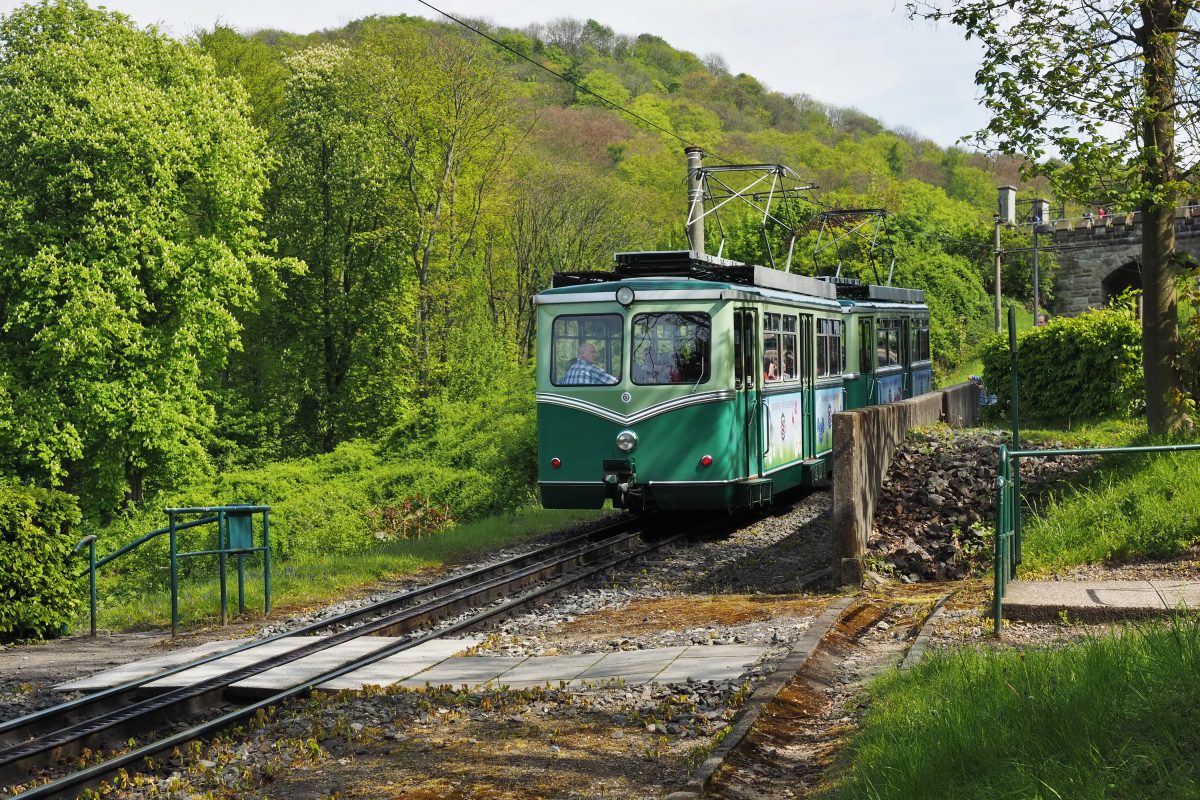
©Photo by Wiki Commons
Take a trip out of town on Germany’s oldest cog railway. Opened in 1883, the Drachenfels Cog Railway climbs a 20 percent incline over 1,500 meters through natural forests and up to the top of the hill. The views over the Rhine and the Seven Mountains are worth every penny of the 10 Euro return ticket. Make the most of the view by boarding an early train: they begin at 9 AM. Do note that the viewpoint can get very busy especially during a clear sky. To make the most out of your days here at Bonn, combine the trip with a visit to Schloss Drachenburg; located halfway up the hill. Buy a one-way ticket to the top of the hill and walk back down to the entrance. The stunning lush alpine is certainly a bonus for your trip here.
5.
Bonn Minster Bascillica
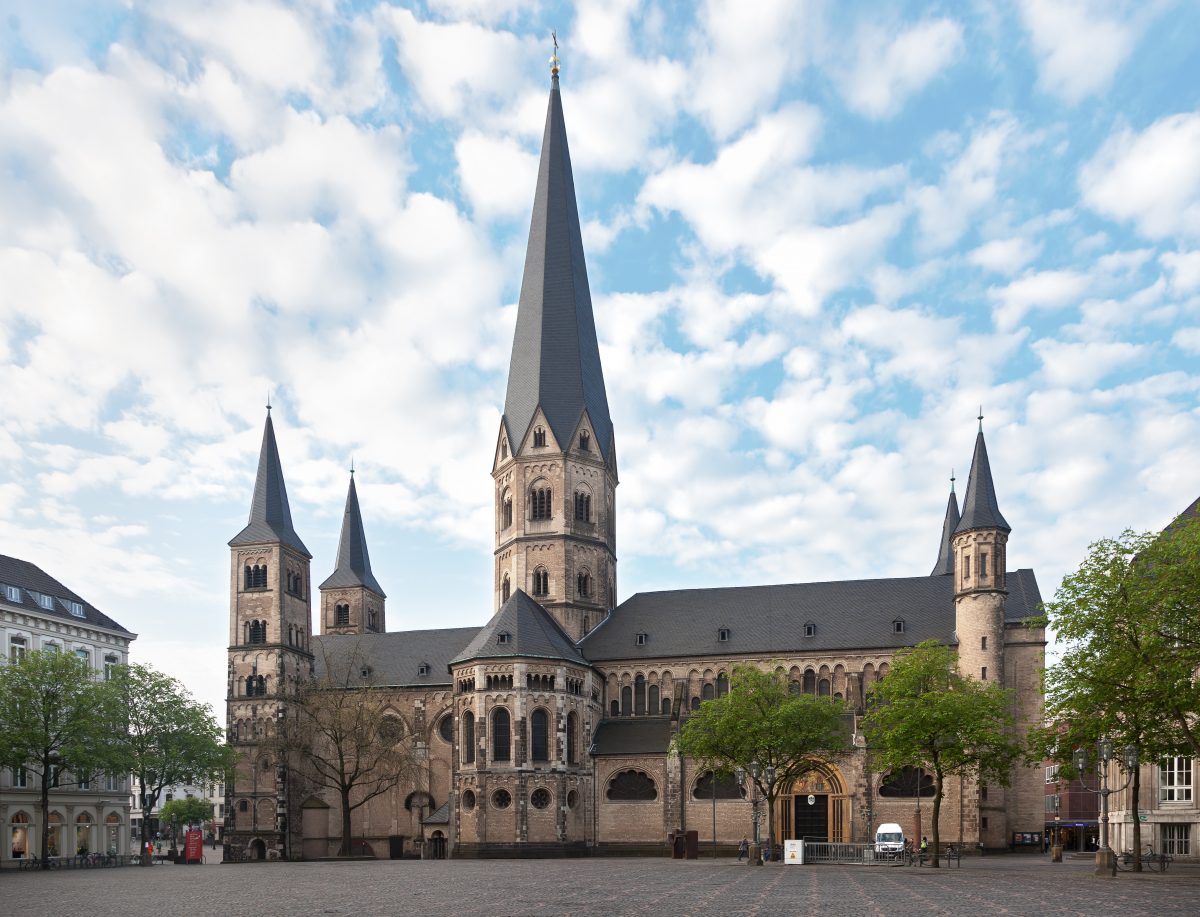
©Photo by Wiki Commons
The Bonner Minster is the city’s iconic Romantic church and one of the few that rivals the Cologne Cathedral. The building was completed in 1248, which was the same year the first stone was laid for Cologne’s church. Before the present day church, the site hosted a “Cella Memoriae,” a place where the Romans stored funeral meals. The city’s patron saints, Cassius and Florentius, are also said to have been martyred on the site and their graves covered with a small church room sometime around 400 AD.
Unlike the Cologne Cathedral, the Bonner Minster wasn’t spared during World War II. However, reconstruction helped the building rebound, and there’s still plenty of art inside. The opening times for the church are unavailable because of massive renovation works taking place during 2019. But you can visit the cloisters and wander the square.
Visiting during spring? The area around the Bonn Minster is one of the best places to see Bonn’s famous cherry blossoms and magnolia trees.
6.
Visit the Food Market at the Altes Rathaus
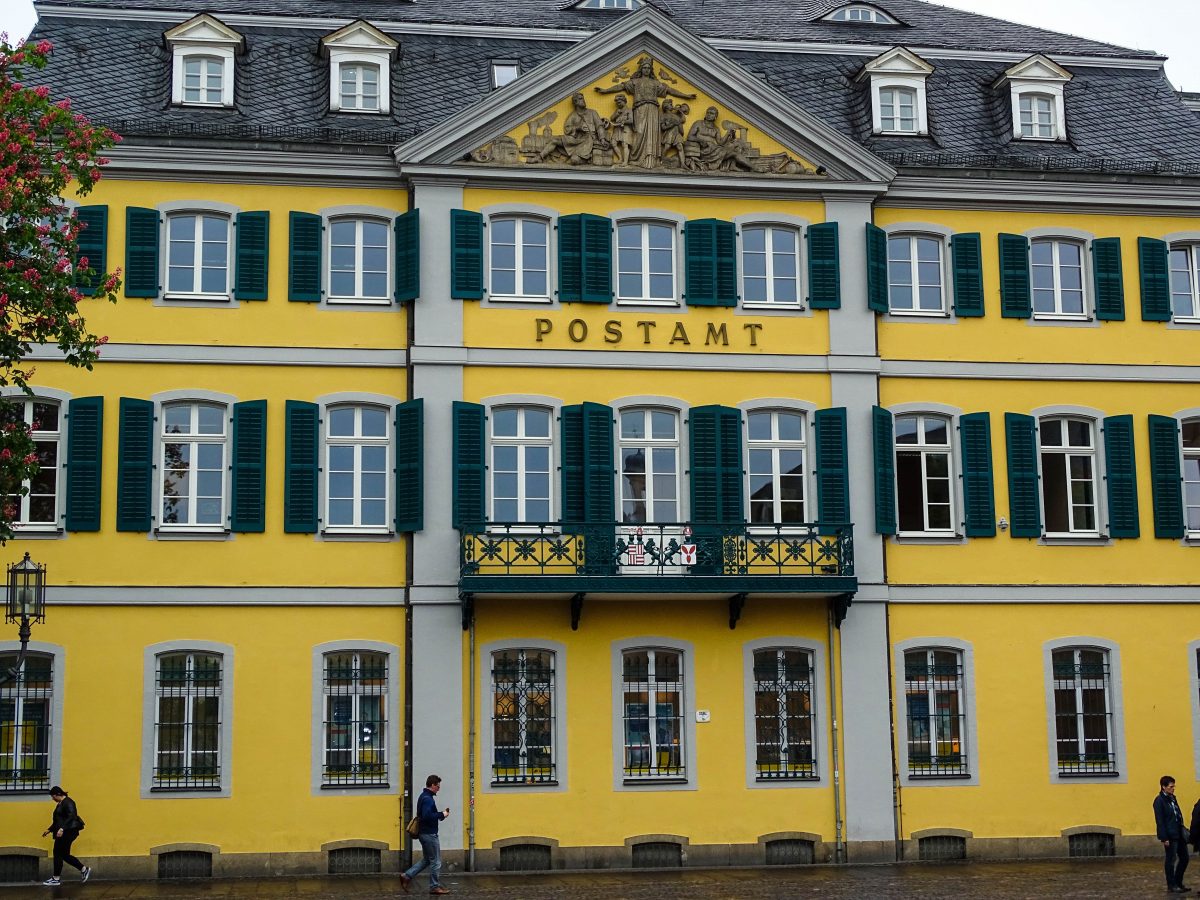
©Photo by Miguel Ángel Sanz on Unsplash
The Altes Rathaus is Bonn’s Old Town Hall, and it is the center of Bonn’s Old Town. Not only was it the city’s civic center when Bonn was the federal capital, but people like John F. Kennedy, Nelson Mandela, Charles de Gaulle, and Mikhail Gorbachev all visited the hall and gave speeches here. The building remains the home of Bonn’s political and cultural life.
In a united Germany, the Altes Rathaus still hosts civic protests and rallies. However, the marketplace is now most famous for both its food markets and its Christmas market. Though you can’t go inside the building, however; you’re free to stop by the square. Don’t forget to pick up some fruits and vegetables. Also, take some time to admire the Rococo exterior.
7.
Tour the Poppelsdorfer Palace (Poppelsdorf Schloss)
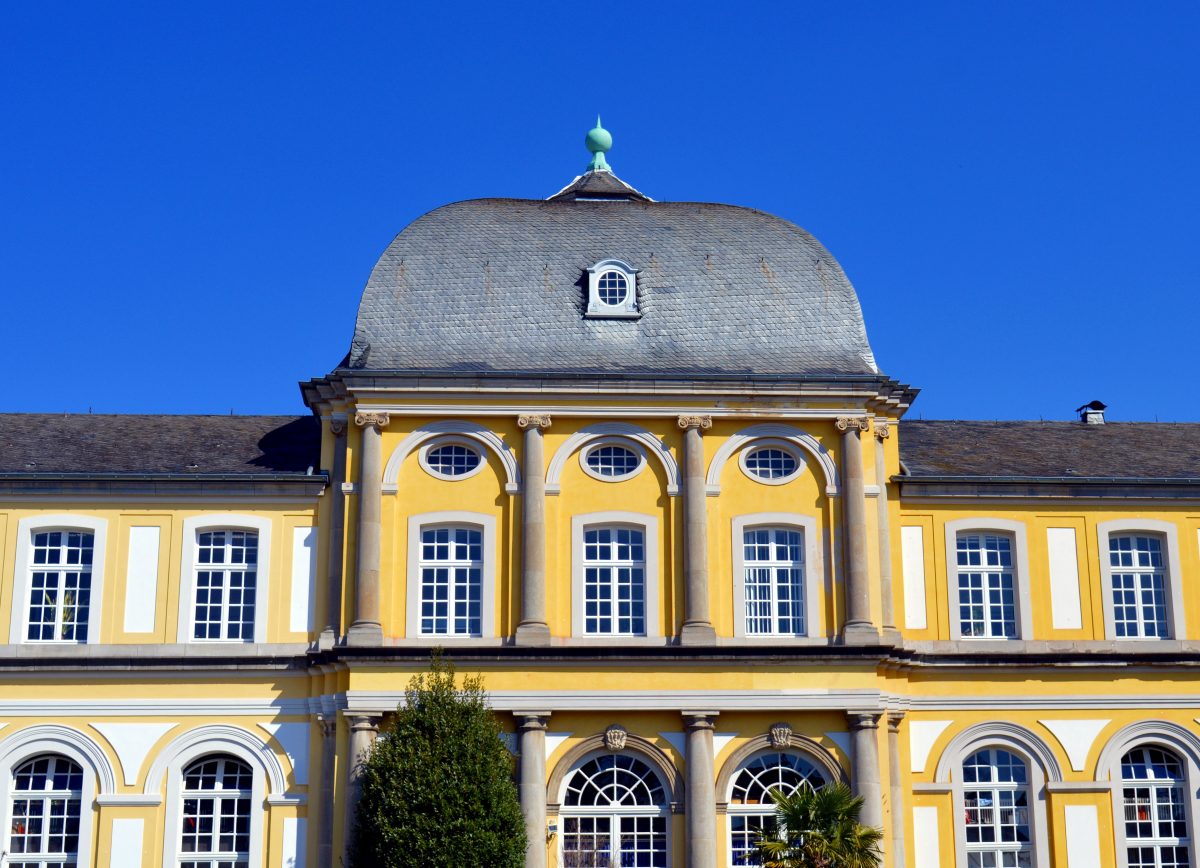
©Photo by Marisa04 on Pixabay
The Poppelsdorfer Schloss is Bonn’s tribute to the Baroque style. Construction began in 1715 over the remains of a destroyed castle, but Poppelsdorfer was only complete in 1753. Like Bonn’s other Schloss, it didn’t remain in private hands for long. In 1818, the new University of Bonn bought the palace and the grounds and used it to house the natural sciences collections.
Today, you can visit the Bonn Mineralogical-Petrological Museum and the grounds botanical garden. The museum has limited opening hours, but the botanical gardens are open Sunday through Friday from April to October and Monday through Friday between November and March.
If you visit during the summer, check the schedule for the Poppeldorfer Schloss concerts. A ticket to these classical music performances offers up an evening of incredible music and a chance to wander the gardens during the interval.
8.
Take A Trip To Schloss Drachenburg
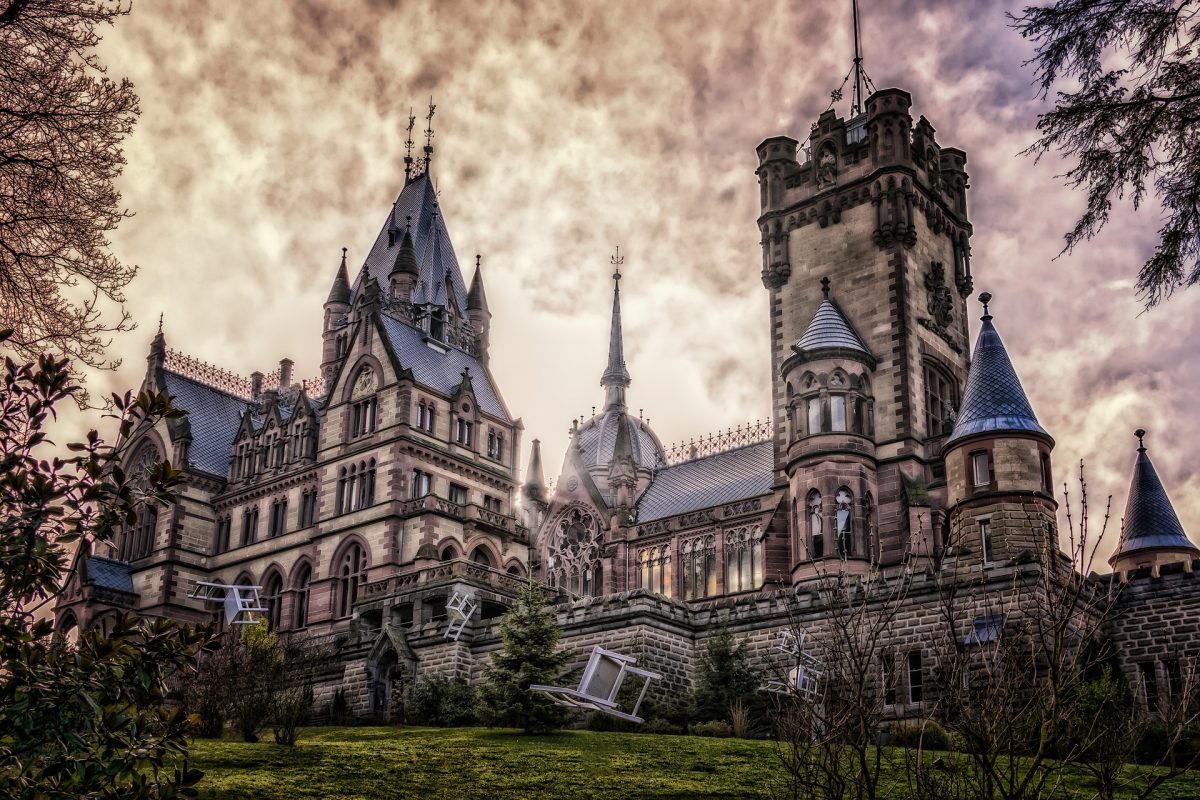
©Photo by Tama66 on Pixabay
The Schloss Drachenburg looks like the ancient fairy tale castles found in Bavarian forests. It is, however, an impressive imitation. Stephan von Sarter, the son of an innkeeper turned banker, began building his dream home – Schloss Drachenburg – in 1882. However, Sarter never lived there. Instead, he resided in Paris until his death in 1902. Because Sarter was a bachelor, the palace sold to the state, and one of his nephews ultimately purchased it. From then on, it passed through many hands and became a summer resort, an (almost) amusement park, a Christian boys’ school, a Nazi training center, and a German rail training center. The present owners restored both the Schloss and the gardens to its former glory in line with its status as a listed monument.
9.
Float Down the Rhine on a River Cruise
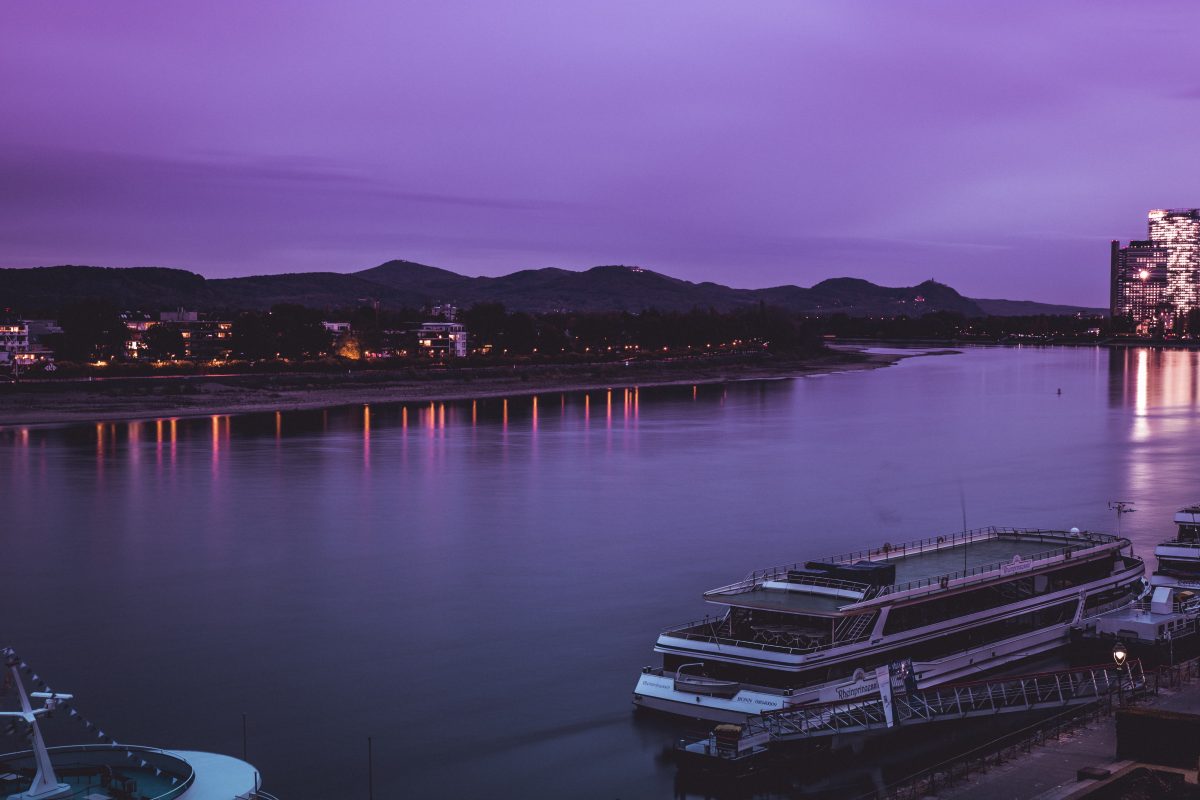
©Photo by Jay Lee on Unsplash
The River Rhine cuts through Bonn, Germany. It also offers a unique perspective on the city sites as well as a chance to escape into the countryside. The Rhine region around Bonn is romantic. Idyllic towns, the country’s best vineyards, and fortresses on cliffs dot its banks.
A boat trip is a must-do if you arrive between Easter and November and the weather is favorable. If you travel to the Rhineland during the summer period, be sure to check out the Rhine in Flames festival dates. During the Rhine in Flames, boat flock to the water to enjoy five nights of hilltop fireworks displays that bathe the night sky in a kaleidoscope of colors. Find a list of currently operating boats on the Bonn Region Tourism Congress website.
10.
Visit the Beethoven House
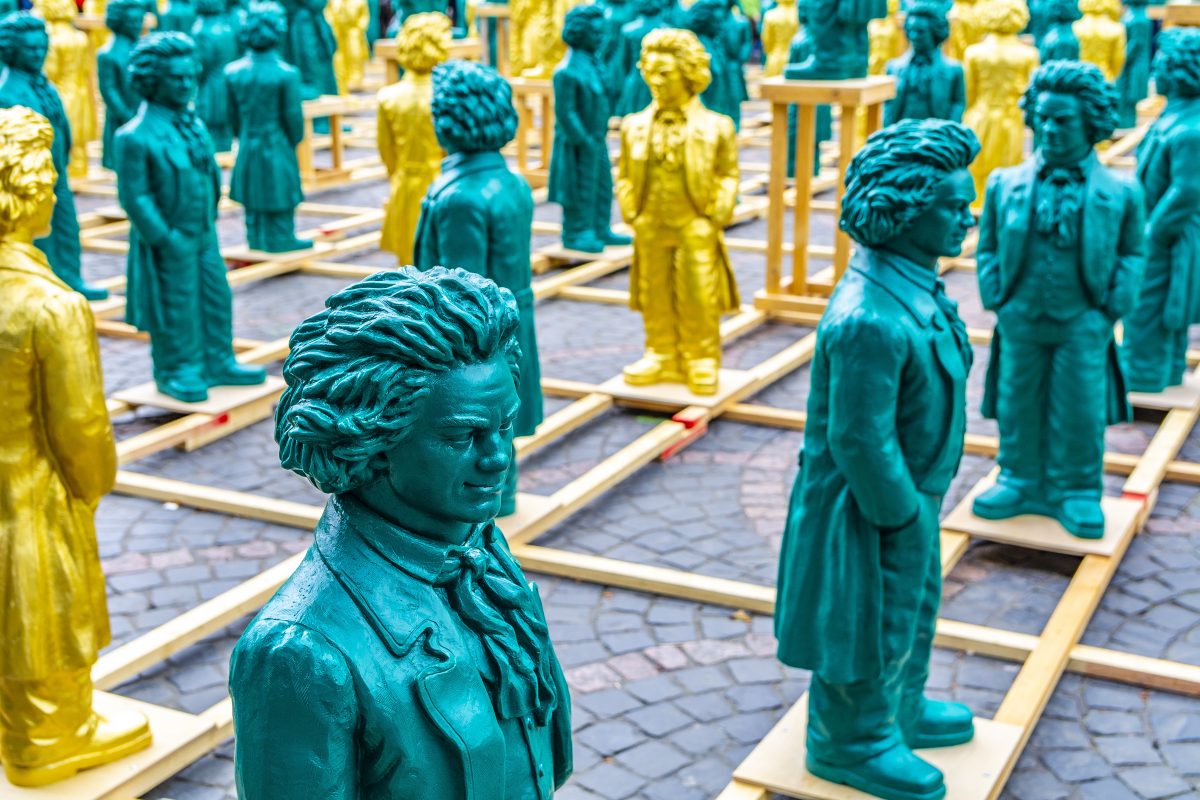
©Image by Valdas Miskinis from Pixabay
Bonn, Germany’s most famous son is none other than Ludwig von Beethoven, who was born at Bonngasse 20 in December 1770.
The Beethoven house is unique in both its provenance and its longevity. Not only is it the only surviving house that Beethoven lived in, but there are few 18th-century houses left in Bonn at all. What more is the home’s cellars date to the 12th or 13th century.
A tour through Beethoven’s birthplace includes twelve rooms dedicated to both Beethoven’s life and work and life in the 18th century. It boasts 150 original exhibits that tap into the real Beethoven – what he thought and felt and how he worked. The museum is also center of research on the composer, including a reconstruction of the library adult Beethoven would have owned, including all the books and music he ever read, owned, borrowed, discussed, or even hoped to buy.
Admission is 9 Euro for adults and includes a regular guided tour as well as a 45-minute concert on the pianoforte. Shows happen every second Friday afternoon. If you are in town for the concert, it is worthwhile to reserve your seat in advance at the museum. The hall seats only 40.
11.
Shop at Bonn’s Friedrichstraße
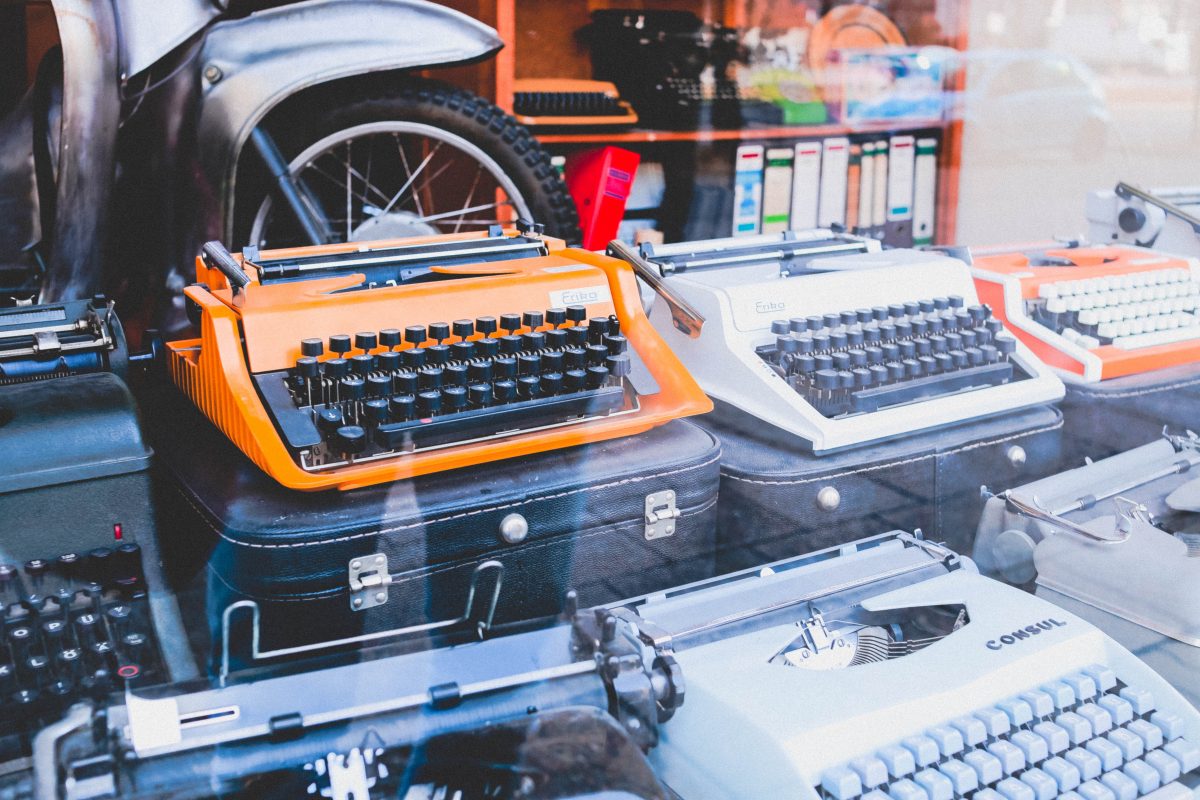
©Photo by Anastasia Dulgier on Unsplash
Leave H&M, Zara, and Galeria Kaufhof behind and head to Bonn’s Friedrichstraße. The pedestrian street features the most eclectic shops in the city, and it’s a sure-bet for almost all committed window shoppers. Here, you’ll shop modern jewelry, German wine, contemporary art, and vintage clothing. Dig deeper into the alleyways, you’ll find many peculiar shops that sell all kinds of antiques.
Be sure to head down during the week or on a Saturday. However, like anywhere else in Germany, most small shops in Bonn close on Sunday.
12.
Eat at Em Höttche, Bonn
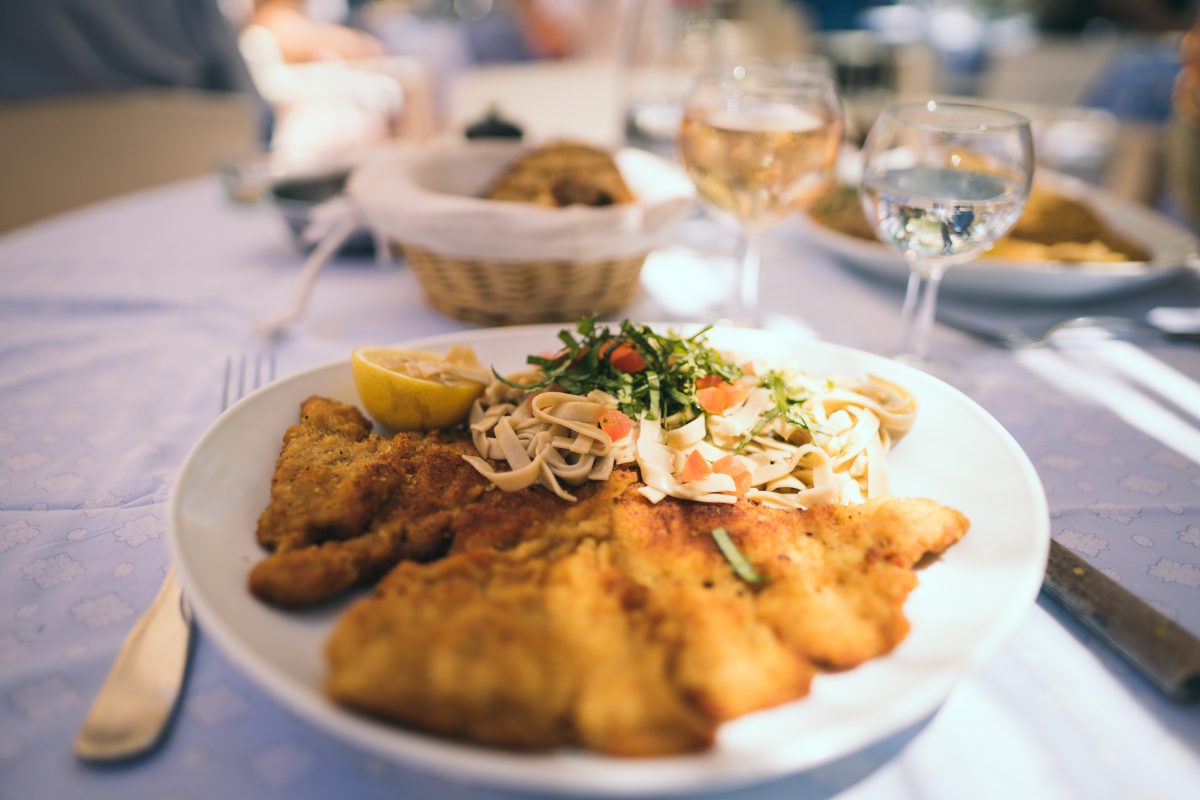
©Photo by Valentin B. Kremer on Unsplash
Em Hoettche sits in the heart of Bonn’s Old Town, not far from the Bonn Minster on Markt 4. Even if you’re a seasoned traveler who believes there’s no good to be found in tourist centers, you need to visit Em Höttche.
Em Hoettche first started serving food in 1389, which makes it one of Bonn’s oldest establishments. The restaurant isn’t fancy. It’s a typical German restaurant, and the prices are comparable with less-famous eateries. Do note that it’s flooded with tourists (both Germans and foreign) in part because of the age of the site and the fact that it counts Beethoven among its former patrons.
Come for lunch or dinner and order the Brauerpfanne for a taste of Bonn, Germany’s local cuisine.
13.
Escape the City to Bonn’s Sudstadt
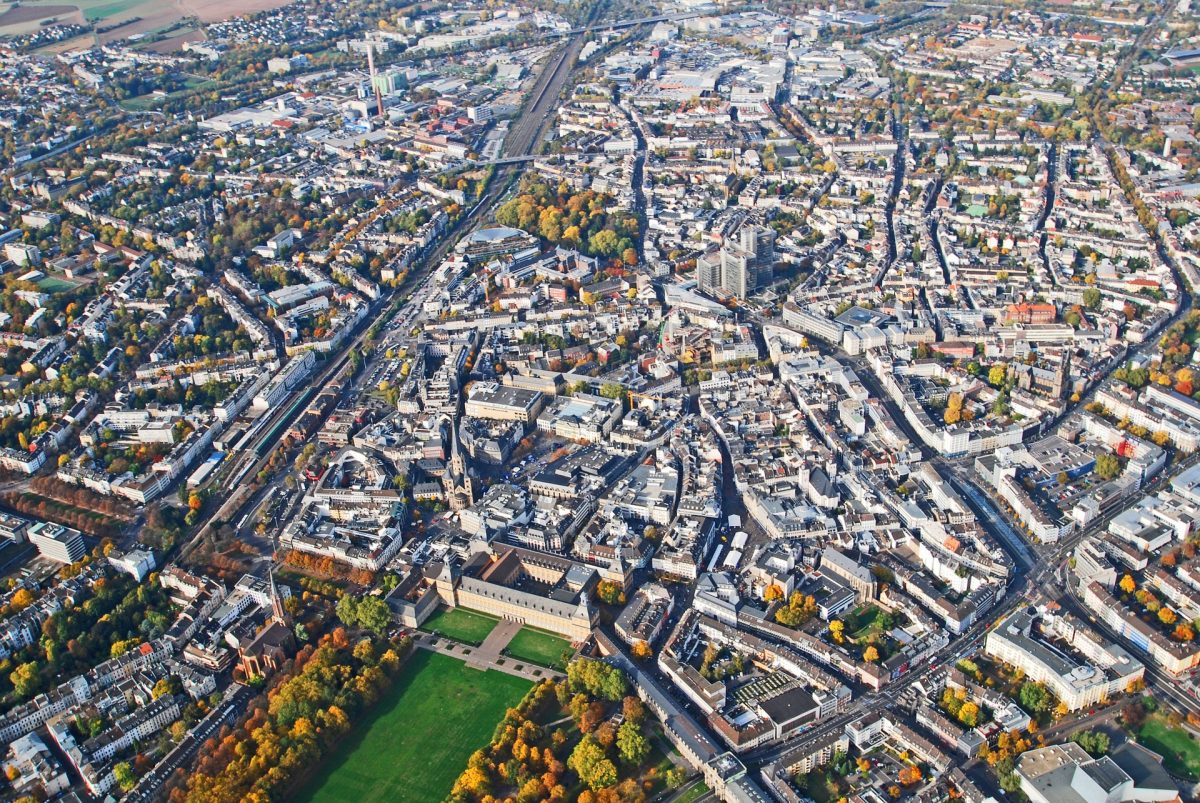
©Photo by thomashendele on Pixabay
So many of Bonn’s primary tourist attractions are in or near its Old Town. However, the Sudstadt (Southern Quarter) is equally worth a visit.
The neighborhood is one kilometer from the old part of the city. To get there, take a short walk from Kaiserplatz down the Poppelsdorfer Allee. When you arrive, you’ll encounter magnificent architecture that still stands from the end of the 19th century.
The date of these buildings is significant because, like many Germany cities, Bonn Germany’s medieval center was rebuilt after being significantly damaged during World War II. While you’re here, step into Bonn’s botanical gardens. The University of Bonn runs the gardens and allows visitors access free of charge during the week.
Keep in mind: Sudstadt is also where you’ll depart on any river cruises. So walk down early before boarding to explore the area.
14.
Go Skiing in Winterberg
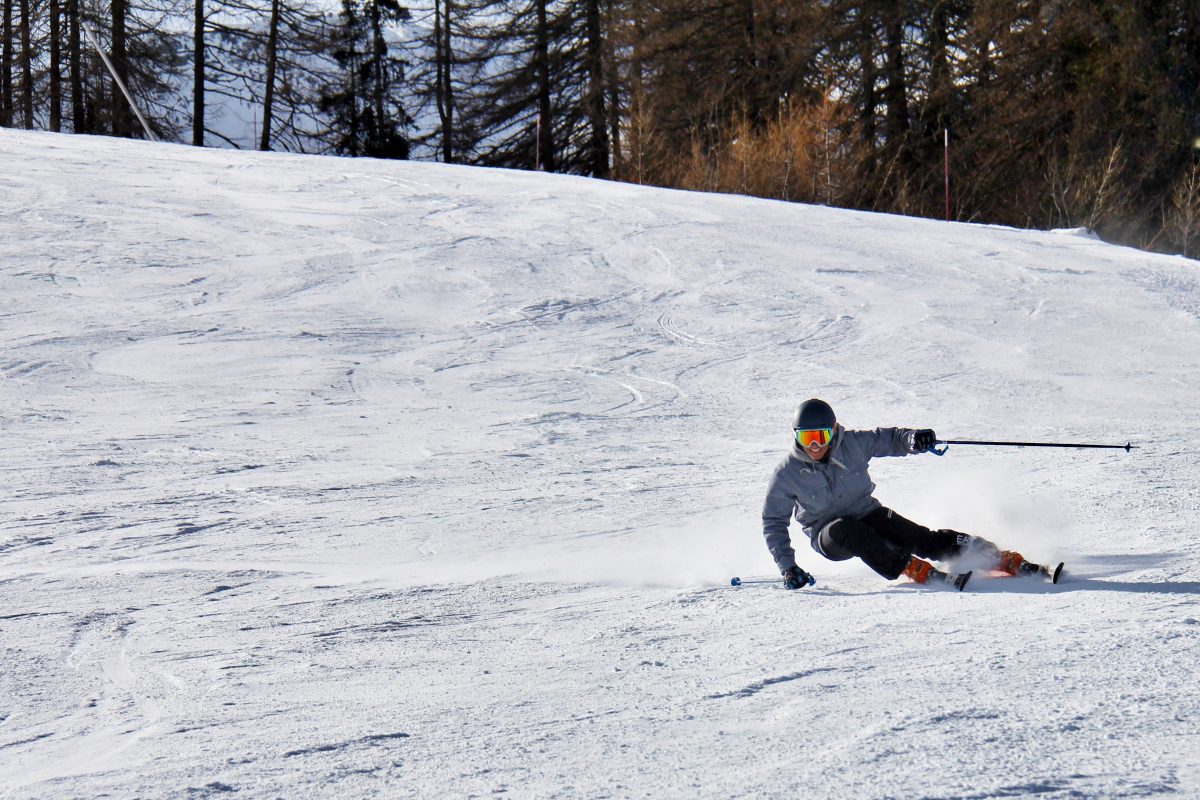
©Photo by Emma Paillex on Unsplash
Are you visiting during the festive season? Ski heaven is only 99 miles west of the city. You can reach Winterberg by road or train, and it’s the perfect place to go downhill skiing, cross-country skiing, or even bobsledding if you so choose.
Winterberg sounds quaint, but nearly a million visitors come for the 17 miles of ski slopes each year. It also hosts an array of international winter sports competitions. Don’t worry if you didn’t pack your skis. There are plenty of places to rent snow sports equipment at reasonable prices.
Are you visiting Bonn during the summer? You can still take a trip to Winterberg. The winter resorts transform into a hiking, mountain biking, and mountain-boarding meccas when the snow melts.
15.
Drink Wine In The Ahr Valley
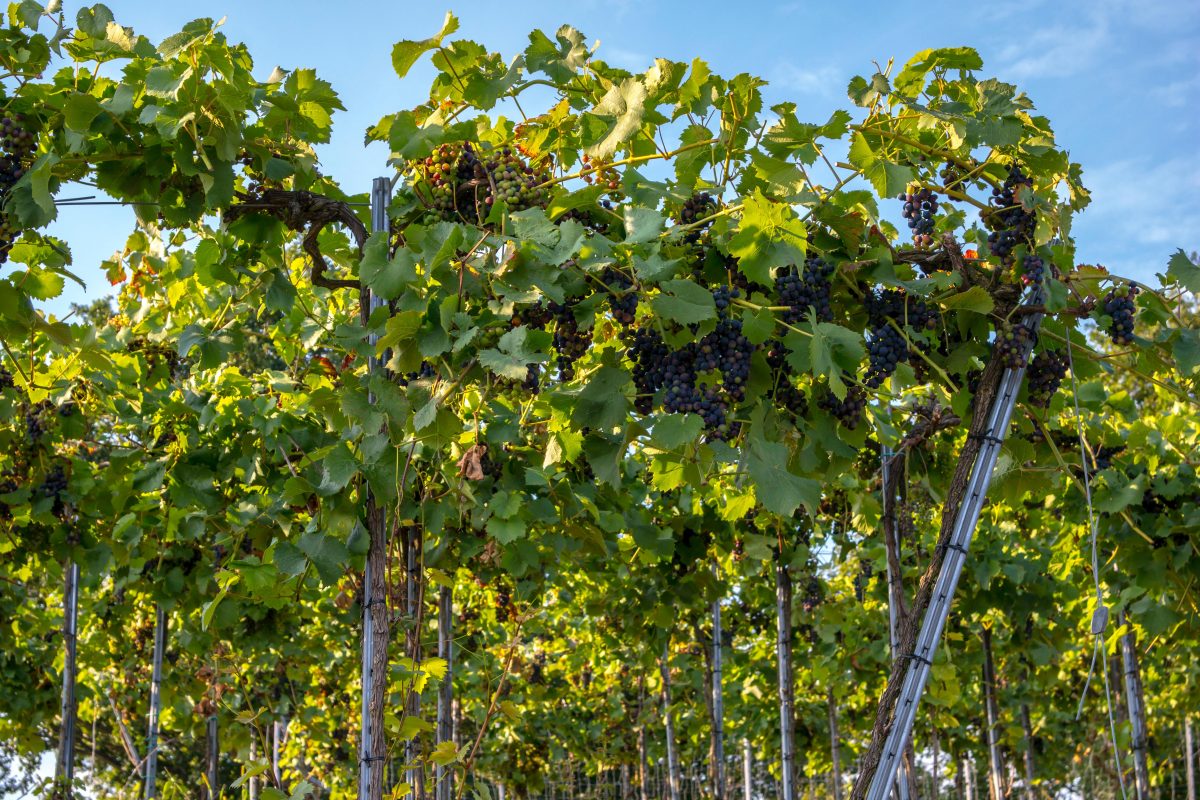
©Photo by WIki Commons
While the tourists crowd the old towns of Germany’s cities, you can do as the Germans do and visit the pride and joy of the Middle Rhine region: Ahr Valley. The Ahr Valley is one of Germany’s best wine regions, and it’s on Bonn’s doorstep. You can get around the Ahr Valley by train or by car (with a designated driver) and most offer both free and formal wine tastings.
We recommend taking the train because it couldn’t be easier thanks to the Ahr Valley Railway. The historic 29 kilometer-long track runs through the region and stops at many of the essential wine towns including Dernau, Rech, and Kreuzberg. You can plan your trip from Bonn to your Ahr Valley destination using the Deutsche Bahn website.
In many cases, you start in Remagen, which is the starting point for the railway.
Looking for inspiration? Try out these visitor-friendly vineyards:
Stodden Winery – Rech, Germany
H.J. Nakel Kreuzberg – Dernau, Germany
Weingut Meyer-Nakel – Dernau, Germany
Weingut Rudolf Furst – Burgstadt, Germany
If you’re here most probably because you’ll be traveling to Bonn, Germany soon. We carefully curated these 15 things for you to do in Bonn so that you don’t have to scratch your head for your next travel planning. Let us know your thoughts and don’t forget to share with us your amazing adventures in Bonn, Germany.

